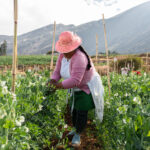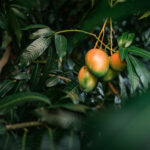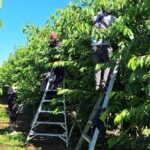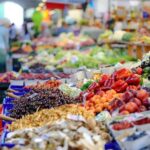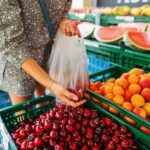Peruvian mango closes challenging campaign
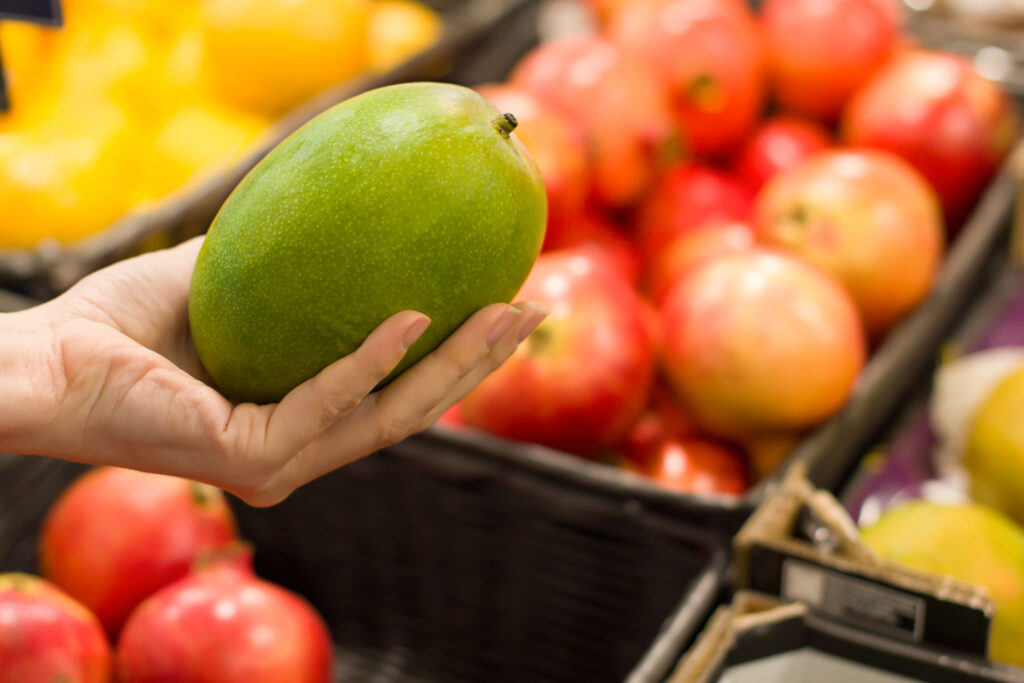
Fluctuante, the leading Peruvian company in statistical data analysis for the agro-export market held a webinar to analyze the end of the Peruvian mango season.
The CEO-commercial director of Fluctuante, David Sandoval, indicated that the industry has been growing year by year and is full of opportunities, both at a productive and commercial level, with figures that have grown "stratospherically".
He added that in 2023 Peruvian agricultural exports broke a record again, exceeding US$10 billion exported. "This was achieved thanks to the export of more than 600 products, reaching 140 destination markets, thanks to the more than 2,500 Peruvian agro-exporting companies," said Sandoval.
Sandoval explained that the sector is active from June to March of a consecutive year. In 2023, the products that led the Peruvian export basket were grapes with a share of 18%, blueberries with 15%, and avocados with a share of 10%. Followed by coffee, with a share of 8%, fresh asparagus with 4%, and in sixth position fresh mangoes with a share of 3%.
Producing areas
Mango production in Peru has been developing and has become a representative product of the Peruvian agro-export basket which is produced in five regions: Piura, Lambayeque, La Libertad, Lima, and Ica.
From a macro perspective of the business, Fluctuante's CEO explained that shipments in Peruvian agriculture have grown, especially in the southern part of the country, something that has not occurred in the northern part, where there has been a contraction.
"The five mango-producing regions accumulated 80% of Peru's total agro-exports in 2023," he said.
Exports
Globally, the list of Peruvian mango importers is led by the United States, with 600,000 tons imported in 2022. In second place is China with 291,000 tons.
"China is involved in the production and also has participation as a buyer because its population is growing and imports are not enough to supply the entire population," he said.
He added that in the U.S. market, the main supplier of fresh mango is Mexico with 65% of the market, and then Peru with 13%.
In China, Thailand is the main mango supplier, with an 83% share, followed by Indonesia with a 14% share, and then other origins with a 3% share.
Mango in the global stage
Global mango production continues to grow. While in 2018 it reached 54 million tons globally, in 2022 it increased to 58 million tons.
In 2022, India ranked as the leading mango-producing country, followed by Indonesia and China. In the case of Peru, it reached 18th place with 547,000 tons.
Sandoval expressed "we see that now we are not only going to have competition on this side of the world, but we are also having it from India, and China which are seeing a continuous population growth, meaning demand for the product will increase,"
He explained that the main exporting countries worldwide in 2022 were Mexico (448,000 tons), Thailand, Peru (241 thousand tons) and Brazil (232,000 tons).
Some African countries are also exporting mango to different markets, mainly Europe and Asia.
"These countries, given the proximity to these markets, can offer a reduced price and affect our industry," said Sandoval.
Peruvian Mango
Regarding the Peruvian mango industry, Sandoval said that they had remained constant until this season, closing at $1.55 per kilogram in 2022-23.
However, the opposite occurred in the campaign that just ended, where volumes contracted resulting in increased prices. He explained that "in 2023-2024, we saw a price of $3.79 per kilogram for Peruvian mango, with a total of $237 million dollars exported."
Sandoval said that the fruit was sent to 36 markets and "regarding quantities we have a 68% contraction, which adds up to a total of 83 thousand tons exported by 148 agro-exporting companies. In total, the average price remained at $3.79, which meant a 145% increase over the previous season."
In the recently completed season, the fruit was shipped to international markets by sea, air, and land.
Challenges
The industry faced a complex campaign, and there are several challenges ahead, which is why Fluctuante's CEO gave some recommendations to the sector.
He pointed out that it is necessary to develop a quality seal, to have a brand that is representative and allows the fruit to be differentiated, as other countries are already doing. "Peru should also aim at differentiation because this will allow us to be more competitive in the long and medium term."
He concluded by saying that the industry must work on diversification, "not only in product but also in markets, giving them alternatives in supply to those destinations, so that they can get to know our fruit".
















